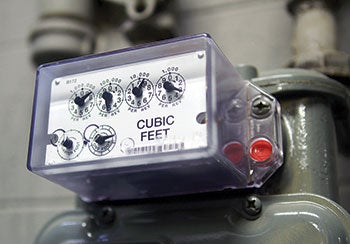Hospital water prices expected to continue ascent
 |
| PHOTO BY MARIO BEAUREGARD/FOTOLIA Water costs are getting more attention in some parts of the country. |
Health facilities professionals increasingly are looking at ways to minimize the rising cost of water and sewage services.
Once a little-noticed part of a hospital’s overhead, water costs are getting more attention in some parts of the country. “We are seeing a trend where water utilities [prices] are increasing,” says John Ebers, associate director for facility engagement and manager of energy programs for Practice Greenhealth, a sustainability-focused coalition of health care organizations.
Residential rates for large users rose about 6 percent in 2014 on average, and in parts of the country costs rose in the double digits, according to Circle of Blue, a water-focused news and research website.
Many experts are calling water the new gold, says Mike Reid, vice president, construction, capital and facility services for the group purchasing organization Amerinet. “A lot of it is just based on infrastructure problems, where you have aging pipes in the ground,” Reid says. In addition, parts of the country have been experiencing a drought that is affecting prices.
UCLA Health has seen its water rates rise 5 percent over the last two years. “We do expect rates to increase due to California infrastructure upgrades and the drought,” says Val Padilla, director of facilities for the system. “It is a concern.”
Water costs at UCLA Health, though, haven’t hit a level at which big savings can be obtained using conservation tactics. Nevertheless, the system is working to reduce its water consumption for the sake of the community at large.
One successful strategy UCLA adopted was to switch to a cooling system in 2011 that doesn’t require a water-intensive process called “blowing down.” Eliminating that process saved UCLA about 10,000 gallons of water per day and about 3.5 million gallons a year.
“Our goal is reducing the use of a valuable state and national resource,” Padilla says.




